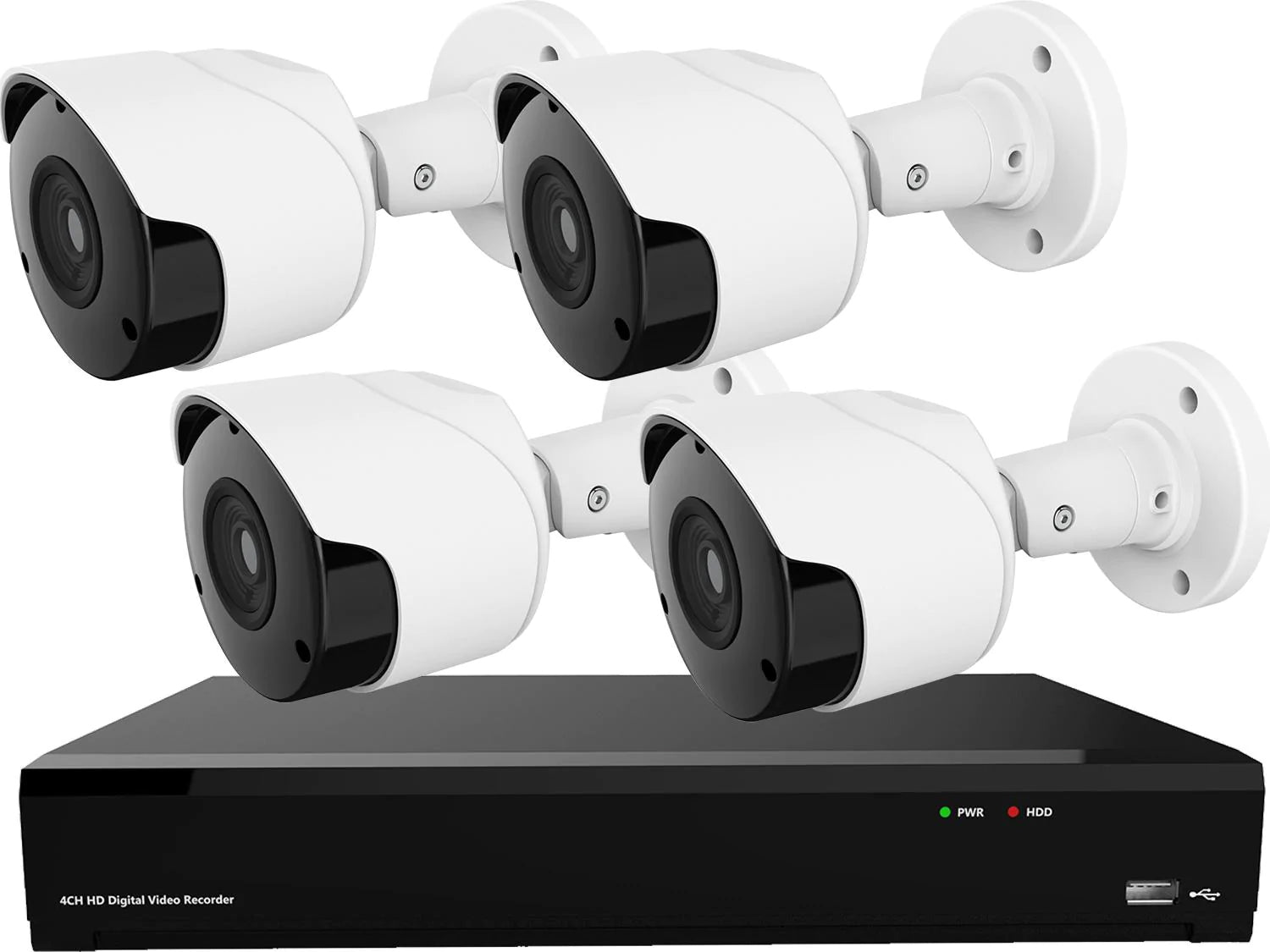
Determining the Number of IP Cameras Your Network Can Handle: A Comprehensive Guide
In the past, calculating the number of CCTV cameras for a security system was a straightforward process based on the available plugs on the recorder. However, with the widespread adoption of IP cameras, this question has become more complex. Network Video Recorders (NVRs) now support a range of IP camera resolutions, from 1 megapixel to over 8 megapixels, leading to significant variations in the maximum number of cameras a system can handle. So, how can you determine the capacity of your network to accommodate IP cameras? This article will provide a comprehensive guide to help you make that assessment.
Consider Bandwidth
Bandwidth is the crucial factor when planning an IP camera system, as it determines the amount of data the network can handle. Imagine your network as a water pipe, where bandwidth represents the flow of water. IP cameras, due to their high-resolution video streaming, have demanding bandwidth requirements. Therefore, companies requiring multi-camera, multi-megapixel systems often set up dedicated networks to meet these demands.It's important to note that your network's maximum bandwidth is different from the internet speed provided by your Internet Service Provider. Since cameras communicate directly with the recorder, you should check the specifications of your routers, switches, or recorders to determine your network's maximum bandwidth.
Assessing Bandwidth with Hikvision's Bandwidth Calculator
- To determine the number of cameras your network can support, utilize Hikvision's Bandwidth Calculator. This software provides simple tools to select the specifications required for your system:
- Device Name/Device Number: Label your devices within the software for easy tracking.
- Device Type: Choose between adding an IP camera or a recorder. If assessing the number of cameras that can connect to a recorder, there's no need to add the recorder itself to the list.
- Stream Number: IP cameras often have multiple video streams, allowing simultaneous full-resolution recording and lower-resolution viewing on mobile devices.
- Resolution: Select the desired video resolution for the cameras being added. Most IP cameras range from 1 Megapixel (1MP) to higher resolutions such as 2MP (equivalent to 1080p) and 8MP (equivalent to 4K). Higher resolutions increase bandwidth requirements.
- Frame Rate: Adjust the frame rate to determine video smoothness during playback. While standard television operates at 25fps, a frame rate of 15fps is sufficient for most CCTV applications.
- Encoding: Hikvision IP cameras support various video compression standards, such as H.264, H.264+, and H.265. Efficient compression minimizes bandwidth usage without compromising image quality. Enable the most efficient compression option available on your cameras to reduce bandwidth requirements.
Note: Increasing bandwidth usage will also affect the storage space required for recording. Lowering bandwidth through optimization measures will increase available recording time.
Understanding NVRs
NVRs can often handle different numbers of cameras at varying resolutions. However, listings may still describe them as an "8 Channel NVR" or similar. Here's why:
- Convention and Comparison: NVR models are often labeled with the number of channels and resolution capabilities to provide a quick comparison. For example, a "4 Channel 4MP NVR" can typically handle four 4MP cameras at high quality, while an "8 Channel 4MP NVR" can support twice as many cameras.
- Port Considerations: NVRs may have a set number of ports for Power-over-Ethernet (PoE) cameras. For instance, an NVR might have 16 PoE ports on the back for camera power supply. However, if cameras are powered separately and bandwidth permits, more cameras can be connected.
- Recording vs. Streaming Bandwidth: Some recorders have a recording bandwidth that exceeds their streaming capabilities. For example, a professional 8MP NVR can stream footage from up to four 8MP cameras simultaneously but can record from up to eight cameras. This means you cannot view all cameras live simultaneously.


